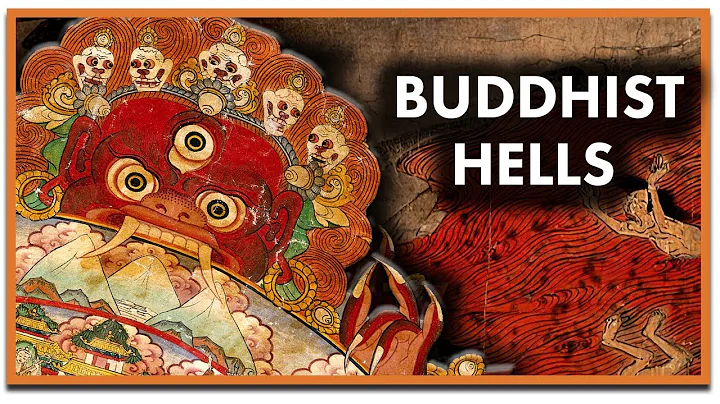
Lingshan Temple is located in Yanquan Street in the northeast of Liandu District, Lishui City. It is surrounded by mountains and rivers, with a beautiful environment. The temple is nestled in the jungle. Facing the Haoxi , National Highway 330 passes by the foot of the Lingshan Temple mountain. It is a suburb of Lishui The thousand-year-old temple is a religious and cultural activity site approved by Liandu District, Lishui City, Zhejiang Province.

Lingshan Temple, formerly known as Lingjiu Mountain, was built from the first year of Daxing in the Eastern Jin Dynasty to the fourth year of Xianhe (318-329 AD), and was burned in the fifth year of Taijian in the Southern Dynasty (574 AD), which lasted 256 years.

It was rebuilt for the second time in the sixth year of Zhenming (920 AD) in the Houliang Dynasty. It was named Lingjiu Temple. At the same time, temples such as the Main Hall and the Guanyin Hall were built until Taizu Zhao Kuangyin. In the second year of Jianlong (AD 961), the monk Zhu Sheng changed the name of Lingjiu Mountain to Lingshan Temple. After Zhu Sheng died, he succeeded the monk Zhu Jun to stay in the Song Zhenzong Zhao Heng. It was the heyday of Lingshan Temple when the Lingjiu Temple was restored and the main hall and Zen room were expanded on a grand scale.

In the Southern Song Dynasty, from the ninth to the eleventh year of Jiading (1216-1218 AD), four stone pagodas were built in front of the Main Hall, which lasted 745 years. In 1961, the stone pagoda was moved to Yunhe County, China to comply with the construction of the Oujiang Hydropower Station. Later, the construction of the hydropower station was stopped, and it was transported back to Lishui City and erected on the stone back on the west side of the Wanxiang Mountain Park in China.

The third time, in the fourth year of Hongwu in the Ming Dynasty (AD 1371), it was expanded and Buddhism and Taoism coexisted in Lingshan. On the east side are the Pingtian Notre Dame Hall and the Taoist Temple. In the 33rd year of Emperor Qianlong of the Qing Dynasty (1786 AD), the Lingjiu Temple was renamed Lingshan Temple, which continues to this day. Now Lingshan Temple Scenic Area has a Buddhist history of 1682 and is a newly opened tourist and leisure resort with good air. There are more than 10 Xiongbao Halls, Pingtian Notre Dame Hall, and more than 10 pavilions. It also has office buildings, conference rooms, guest houses, canteens and other supporting facilities, which can accommodate 500-600 people dining at the same time.

Lingshan Temple was rated by relevant departments as one of the Five Best Temples in 2007, the "Advanced Collective for Co-governance of Five Waters in Lishui City" in 2015, and the Sichuan Disaster Relief and Lishui Liandu Lidong Disaster Relief Model. In 2012, it was rated as a standard place for creating harmonious temples, temples and churches in Xijiang Province. The Pingda Notre Dame Temple holds the Madam Welcome Sacrifice on the 15th day of the first lunar month every year, and has been rated as an intangible cultural heritage protection project in Zhejiang Province.

Lingshan Temple is now managed by monks who are responsible for daily affairs and are directors of the Lishui Buddhist Association. Lingshan Temple manages internal affairs in accordance with Buddhist precepts internally, actively promotes social charity and public welfare externally, strives to improve study and living facilities, and strives to practice the concept of "Humanistic Buddhism".








![[English] Who Am I - Lecture 1 - Ven. Guan Cheng - DayDayNews](https://i.ytimg.com/vi/KU0fUs2It5o/hq720.jpg?sqp=-oaymwEcCNAFEJQDSFXyq4qpAw4IARUAAIhCGAFwAcABBg==&rs=AOn4CLDFpQUN_QwRfC7bmP4sUadq-RcYdg)
![A Moving Masterpiece 清明上河图 [English narration] - DayDayNews](https://i.ytimg.com/vi/kxff-4GktOI/hqdefault.jpg?sqp=-oaymwEcCOADEI4CSFXyq4qpAw4IARUAAIhCGAFwAcABBg==&rs=AOn4CLBtHGLeUpJNCYDJYnZTuISQ1N5Vag)


